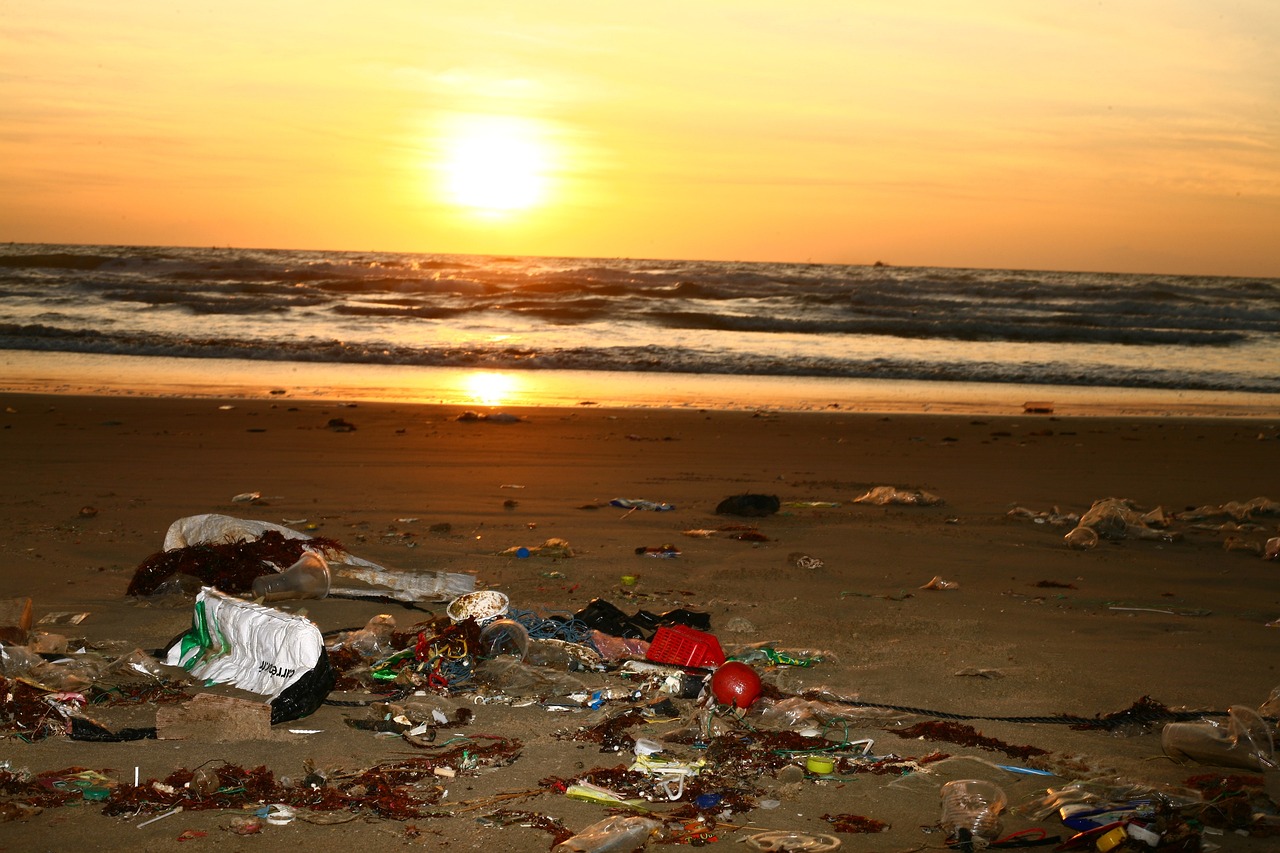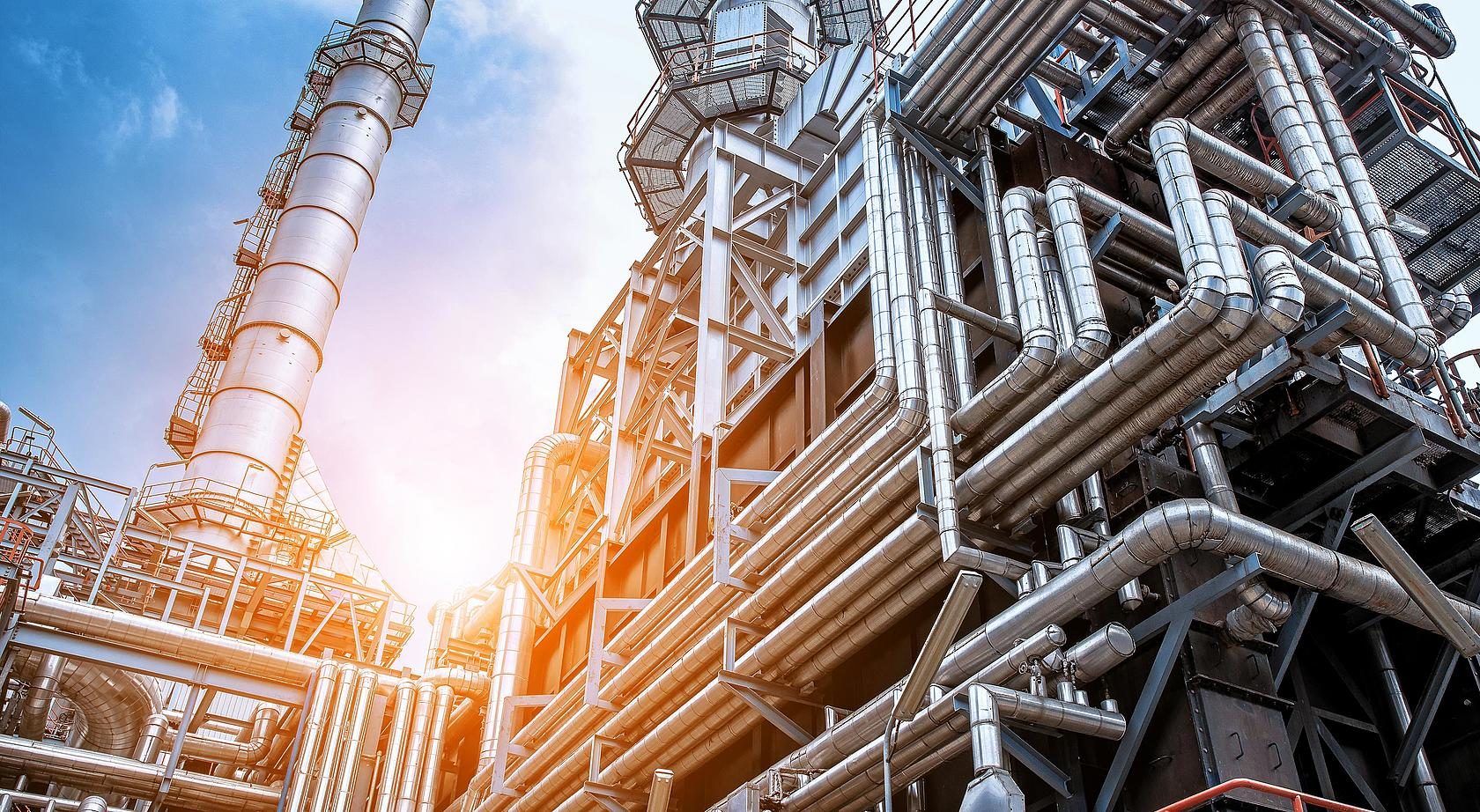- Reams and reams have been written about how environmental degradation is the cause for such erratic weather patterns witnessed around the world in the last few years. The erratic weather patterns have compounded the miseries of humankind in no small measure as unseasonal rains, storms, snow, drought, famine, thunderstorms, hurricane, and several such occurrences pound us year long. The global leadership including the United Nations has initiated mitigative measures to address the growing concerns vis-à-vis sustainable development goals to bring down the environmental degradation to acceptable levels. However, the impact on the overall outcome of the universe is still open to question since erratic weather patterns have become more prominent.

PC: Pixabay
- Fossil fuel burning is one of the most contributing factors to the increasing degradation and as such, the automobile industry is in the limelight to come out with mitigating initiatives. Thus, the invention of electric vehicles as an effective mode to counter environmental degradation is considered most welcome. How India as a country is faring on this front? Let’s dwelve deep to discern. That India has several air pollution problems crying to be addressed with all hands-on deck is indisputable. So is the fact that older vehicles have higher emissions while newer ones meet higher emission standards. This is the logic basis on which the National Green Tribunal (NGT) banned petrol vehicles over 15 years old and diesel vehicles over 10 years old in Delhi-NCR.
- This order was upheld by the Supreme Court in 2018. Over 59 lakh vehicles have accordingly been deregistered since then. For context, Delhi currently has 82 lakh active vehicles. But all this pell-mell activity is on one side. What’s going on on the other side? The Auto industry also has an immense environmental impact on the manufacturing stage – where it has one of the highest rates of raw material consumption and pollution globally. Indeed, when people take good care of their vehicles but are forced to replace them without anyone bothering to check how (un)polluting it is, that hardly helps sustainability’s cause. A much better policy would be to make massive investments in pollution testing infrastructure.

PC: Bryson Hills Peru
- Of course, this is unconscionably leaky across the country. EPCA research indicates that even in Delhi only 15-20% of the most grossly polluting vehicles on the road are being identified by the testing centres. A robust framework for quality control is absent. And what happens to vehicles that are deregistered? Some may leave the capital to ply in less regulated pastures. Some will need scrapping. End-of-life vehicles, along with electrical and electronic equipment, are already the main sources of solid waste after municipal solid waste. What’s to be done with an exponentially growing volume of this waste? We should introduce high-tech recycle airbags and auto shredder mechanisms forthwith. A mere policing of consumers will not be enough. Time to act.






